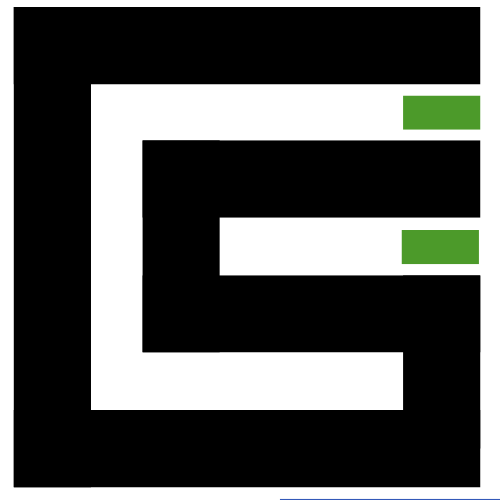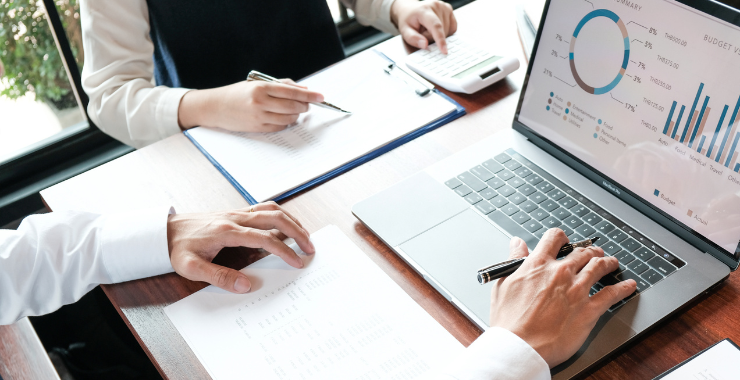If you’re tasked with operating an e-commerce website, you’ve probably heard about image optimization. But what exactly is image optimization and why is it so important for e-commerce businesses? Simply put, image optimization is the art of shrinking the file size of your images as much as possible without degrading their quality.
A critical often overlooked realm in the landscape of e-commerce is image optimization. We have all probably stumbled upon an online shop that took ages to load its page – a major deterrent for any potential customer, right?
Even a major platform such as Amazon has experienced an extra second in loading time, resulting in a 7% loss in conversions, as demonstrated by a study from Akamai. On the other hand, Shopzilla, an online shopping platform, observed their sales increasing by 12% after they reduced their page load time from around six seconds to one and a half seconds.
Handling Image Optimization for Product Galleries and Visual Content
Keeping the visuals compelling yet speedy for e-commerce sites, particularly in Cebu, can be quite a puzzler. Product galleries play a significant role, enticing users to delve into the product offerings and eventually making a purchase.
But, how can we keep these images attractive without compromising speed? Here are some tips:
- Resize your Images: Never upload images in their original dimensions, especially when they’re larger than the size displayed on your site.
- Select the Appropriate Format: Certain formats like JPEG are best for photographs, while PNGs are better for images with texts.
- Compression is Crucial: You can significantly reduce image size by using tools that eliminate unnecessary metadata without compromising the visual quality.
In essence, managing product galleries and visual content on e-commerce sites is a balancing act, an act that calls for a keen eye for quality images and a constant aim for slick site speed.
Image Optimization and Page Load Speed
Understanding Page Load Speed
Speed is king in the e-commerce domain. Page load speed refers to the time it takes for a webpage to show up on your screen completely. Faster page load means quicker access to information or products, which in turn can mean a happier customer.
Connection Between Image Optimization and Page Load Speed
Every image contributes to the total page size, like raindrops to a bucket – more drops, heavier the bucket. A heavy webpage moves slow, just like a heavy bucket. So, smaller image sizes mean a lighter page, and a lighter page zips on the internet.
Detailed Guide: Improving Page Load Speed through Image Optimization
When a user clicks to view a product on a Cebu e-commerce website, they expect quick results. If the images are not optimized, the site can lumber, causing frustration and potentially losing a sale. Let’s break it down:
- Start with the Right Size: Knowing the maximum display size on your site allows you to scale down images without loss for the user.
- Choose the Right Tool: Use tools designed for web image compression. Some tools even offer batch processing, making it easier to handle large volumes of images.
- Regular Monitoring: It’s not a one-time task. Regularly check the website’s performance and optimize new images as they are uploaded.
By ensuring images are optimized, your website can speed up the loading time and enhance the shopping experience for your customers.
Tools and Techniques for Effective Image Optimization
Common Tools for Image Optimization
A mix of the right tools can cut down the image weight without losing charm. Tools like TinyPNG or JPEGmini are like smart scissors, trimming the fat off images, making them light and swift for web pages.
Techniques for Achieving Effective Image Optimization
Techniques matter, and the trade has its tricks:
- Smart Compression: It’s like packing a suitcase – the better you pack, the more you fit. Compression tools can help you pack images tighter, without looking crammed.
- Multiple Resolutions for Different Devices: Stores open round-the-clock, and people visit using phones, tablets, and computers. Make sure your images look crisp on all devices by producing them in various resolutions.
Strategy for Selecting the Right Image Format
Knowing which format to use is as important as picking the right product to sell:
- JPEG or WebP for Photos: Full-color photos are best as JPEG or WebP, like a well-fitting shirt for a colorful event.
- PNG for Graphics: When sharp edges and clear lines are in play, PNG stands up tall, like a crisp suit for a business meeting.
The Benefits of Image Optimization for Cebu E-commerce Sites
Better user experience, SEO rankings, and conversion rates are sweet fruits of image optimization. It’s like giving your users a smooth road to travel on your website – no bumps, no delays.
Improved user experience comes from images that load quickly, keeping the shopper’s interest alive. Better SEO rankings because search engines favor fast-loading sites. Search engines are like shop assistants; the quicker they serve, the better it is for your business. Increased conversion rate is the goal, after all, a speedy and smooth-browsing shop invites customers to stay longer and buy more.
Conclusion
Remembering to keep images lightweight and pages swift may tip the scales in favor of your Cebu e-commerce website. It’s about nurturing the customer’s journey from landing on the page to making a purchase with speed and efficiency.
You now have a basket of tips and insights for leveraging image optimization for your e-commerce site’s benefit. It’s not just about beautiful images, but optimized ones that cater to an ideal shopping experience.
Step up to the plate, tweak those images, and watch your site dance to the tune of speed and efficiency, paving the way for more satisfied customers and better sales.





